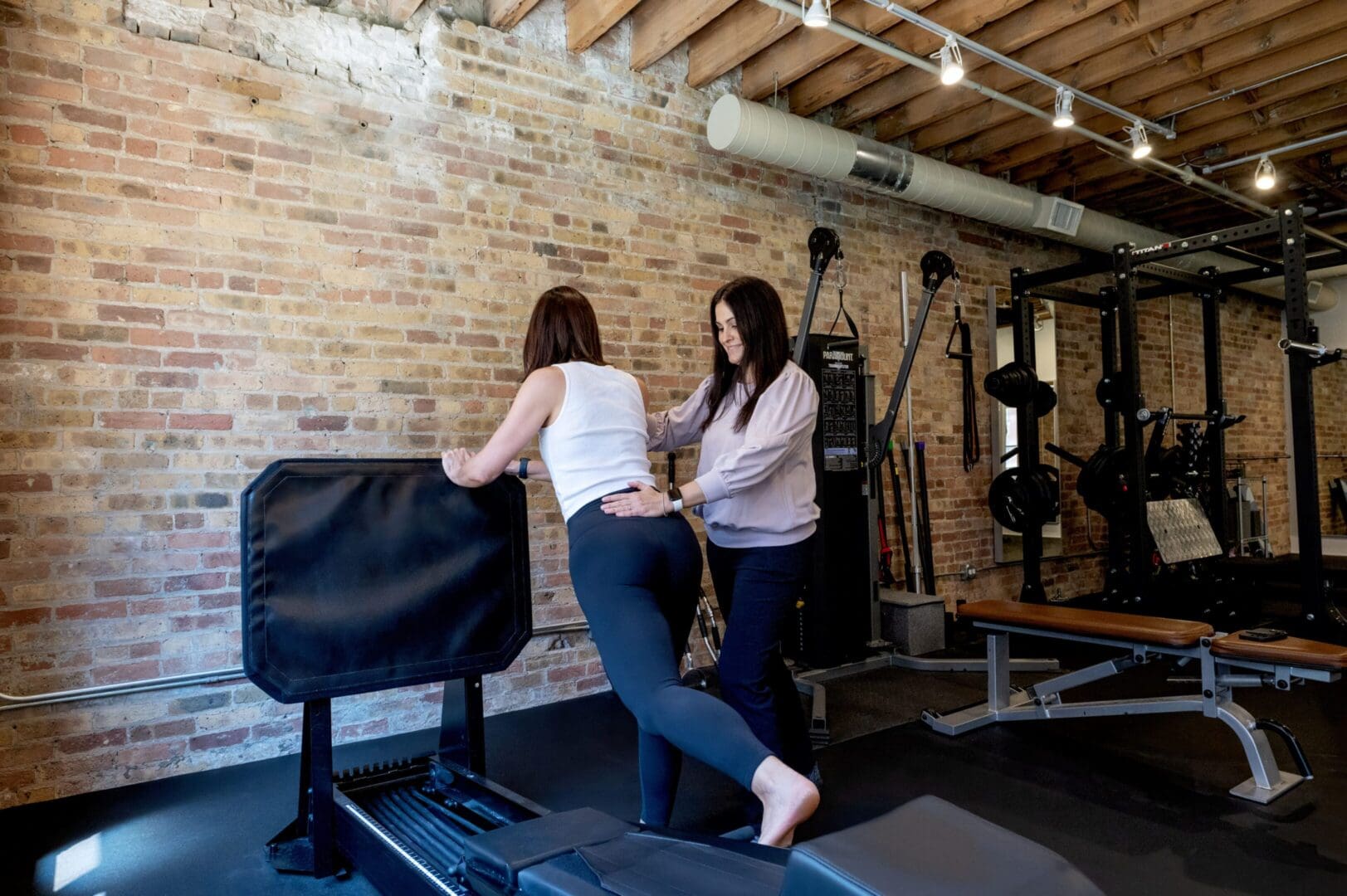Hip Pain
The hip is a ball and socket joint that allows us to move our leg through a wide range of motion. Having adequate mobility/flexibility and strength/stability is crucial, not only for hip function, but also for the low back, knees, and ankles.

Femoroacetabular Impingement (FAI)/Impingement
Impingement presents as hip pain that can wrap around the hip and into the groin and is typically aggravated when crossing your legs, in a deep squat, or when standing on one leg. Manual techniques will help improve joint mobility/stiffness and strengthening exercises will teach your muscles to better stabilize the joint.
Labral Tear & Repair
The labrum is located around the rim of the pelvis and helps deepen the socket that the hip sits in to create a more stable joint. A tear can cause pain and instability, often felt during high-impact exercise or positions of deep hip flexion or rotation, such as during a squat. Not all tears require surgery and physical therapy is often the first approach.
Muscle Strains/Tendinopathy
The hip flexor on the front of the hip, gluteals on the back/side of the hip, hamstrings on the back of the thigh, and the adductor on the inner thigh are muscles that are commonly strained during running or sports. Muscle strains respond favorably to physical therapy treatments.
Piriformis Syndrome
The piriformis is a muscle in the back of the hip. In most people, the sciatic nerve runs underneath this muscle, and tightness can cause compression on the nerve and elicit symptoms down the back of the leg and into the foot.
Trochanteric Bursitis
A bursa, or fluid-filled sac, is on the outer hip. When it becomes inflamed, it can be painful to lay on the affected side or use the gluteal muscles to squat, walk, balance, or stair climb.
Hip Replacement
In cases of severe arthritis, a hip joint replacement may be necessary. Post-operative physical therapy will help you return to doing the things you love as quickly and safely as possible.
